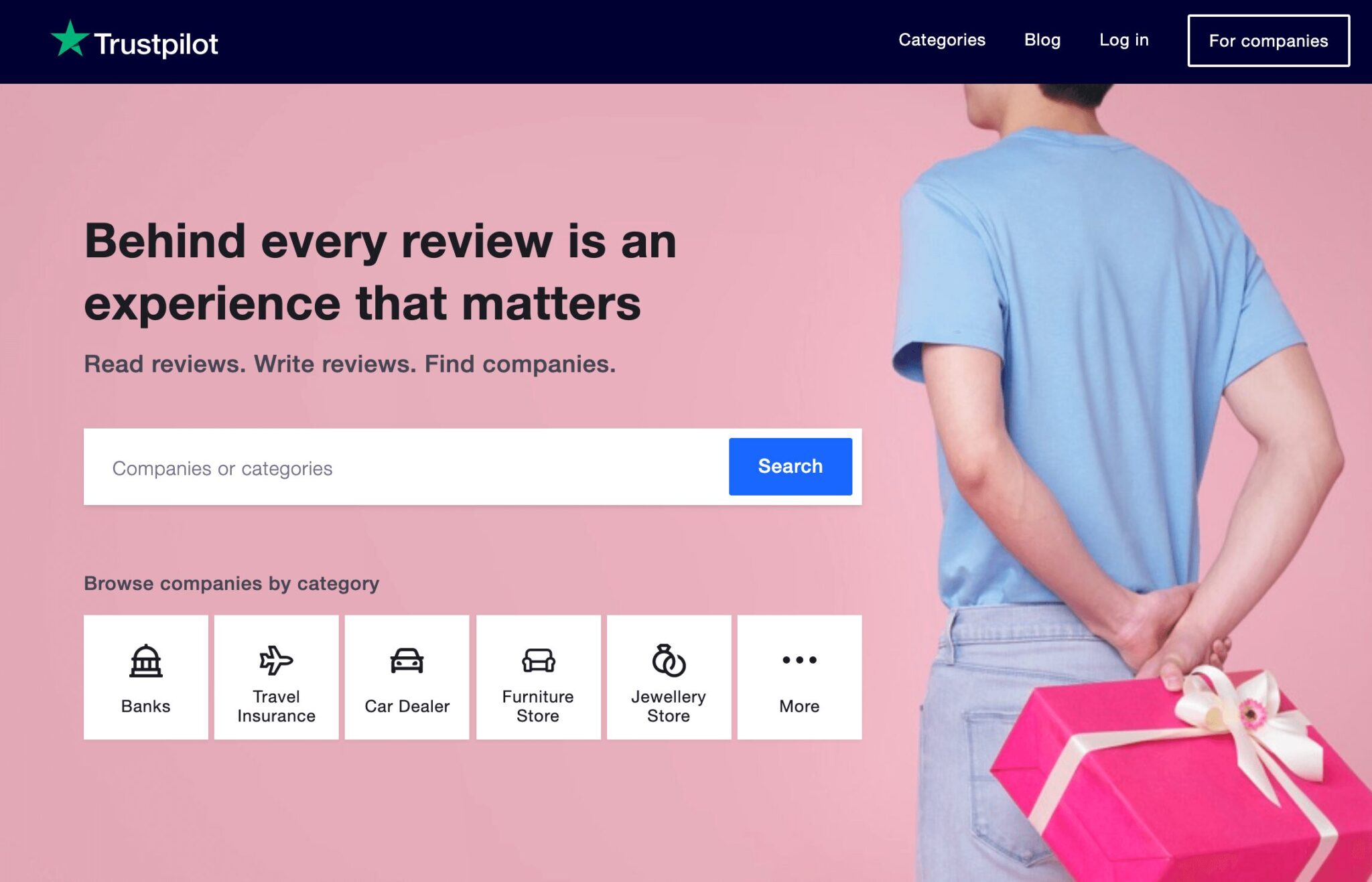As you may know, customer reviews play an important role in helping people research products, services, and brands that they’re interested in. Trustpilot is one of many platforms that helps to facilitate this process by collecting and publishing reviews and business data.
In this article, we’ll take a deep dive into what Trustpilot is and whether its reviews are trustworthy. We’ll also provide some tips to help both customers and brands get the most out of this platform.
Let’s jump in!
What Is Trustpilot?
Put simply, Trustpilot is a third-party customer review site. It’s very similar to Yelp in that it provides easy-to-read statistics on business’ customer satisfaction rates as well as full reviews from individual shoppers.
You can look up brand or product reviews on Trustpilot for free. Simply type your keyword into the search bar on the home page:
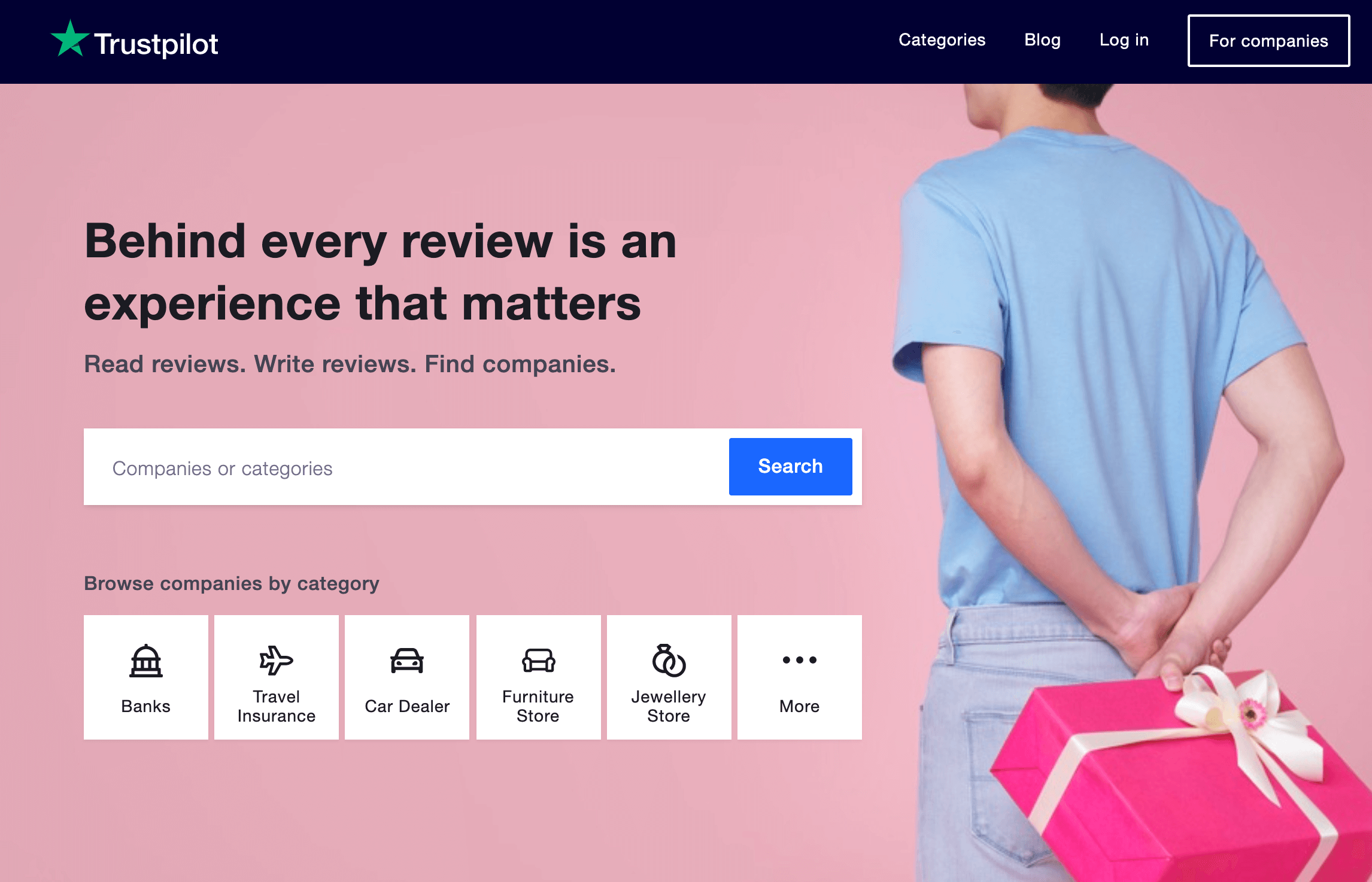
If you’re looking for the best of a certain type of product rather than feedback on a specific item, you can use the category browsing buttons. Either way, Trustpilot will return a list of relevant brands:
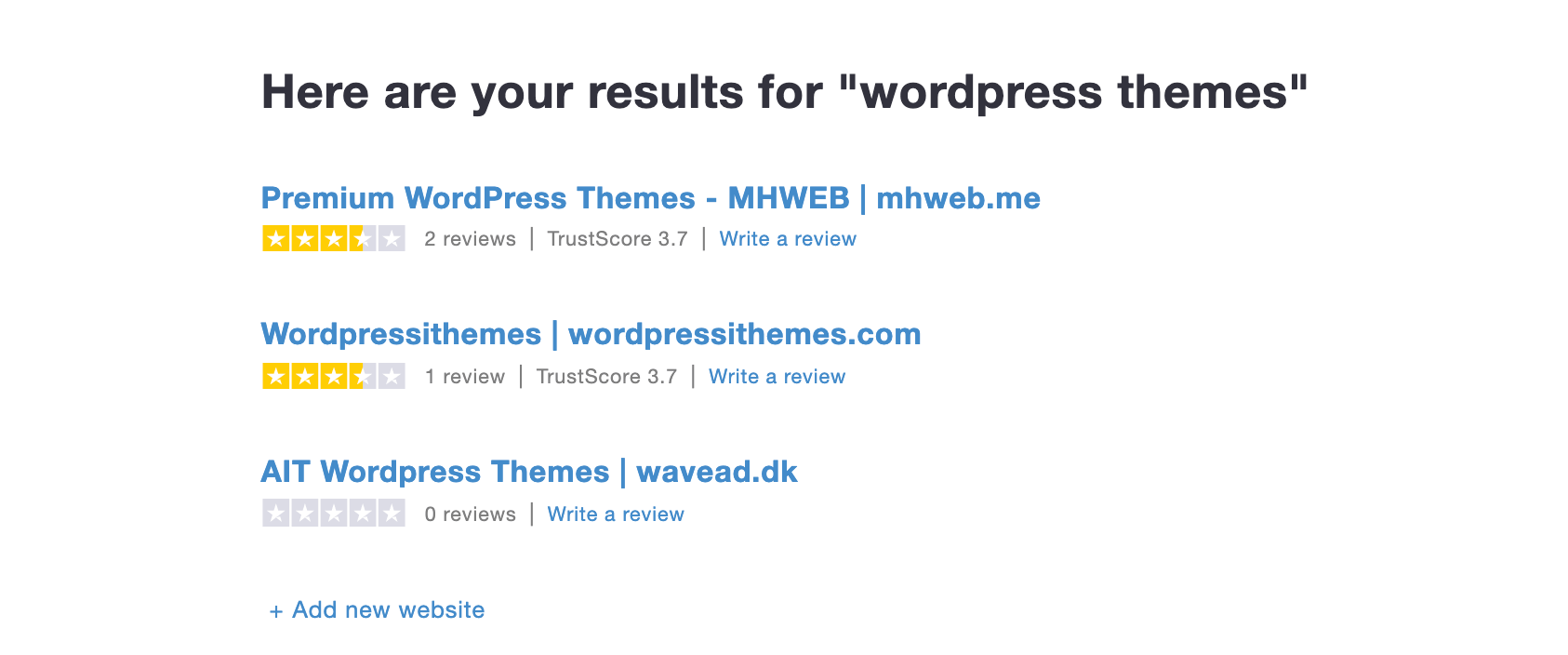
When you access the page for a brand you’re interested in, you’ll probably first notice its overall star rating at the top:
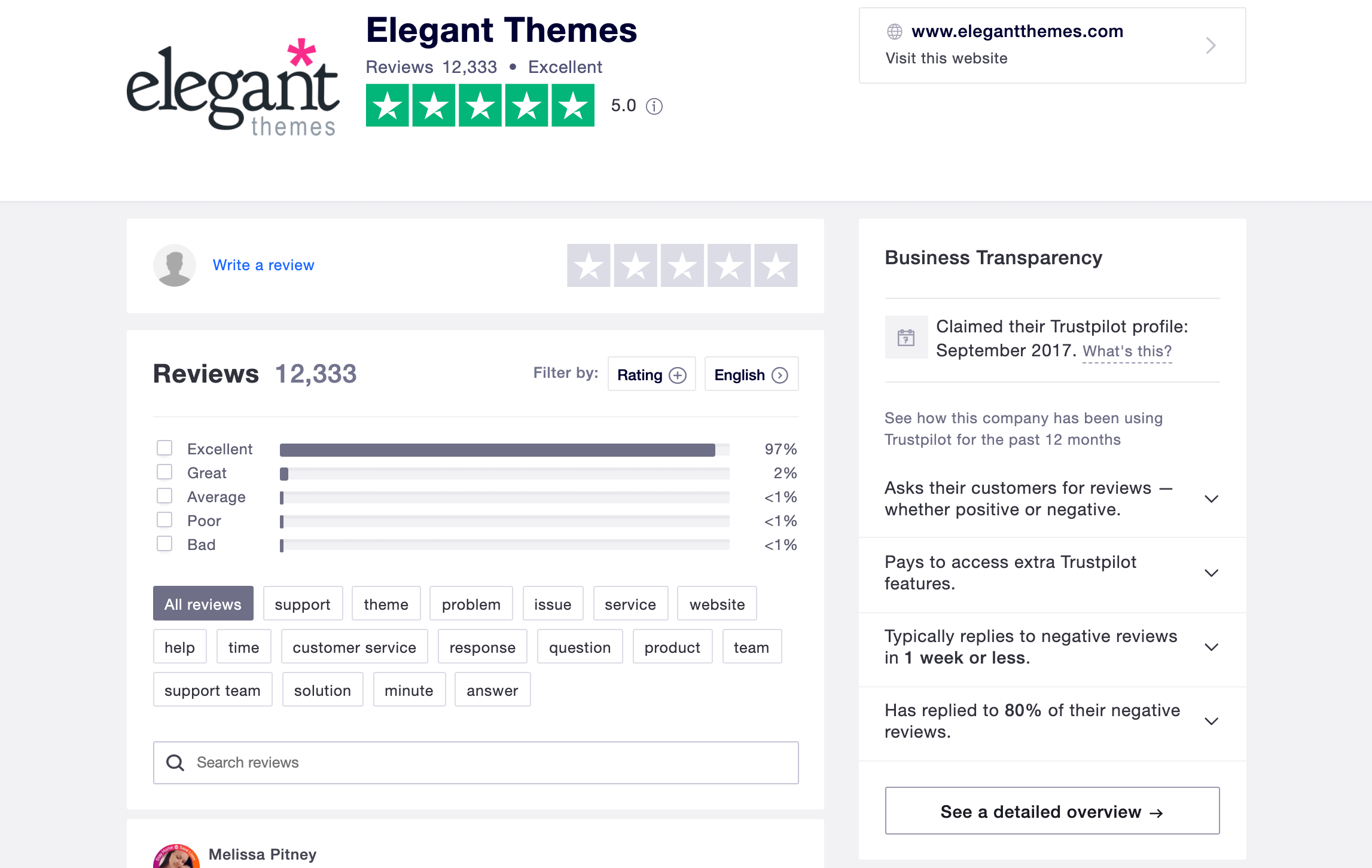
You’ll also see a breakdown of the business’ star ratings as well as the Business Transparency section. This is only visible if the brand has claimed its Trustpilot profile. It will tell you if the company encourages reviews, if it responds to negative feedback, and if it pays to access additional features on the platform.
If you scroll down, you can read specific reviews:
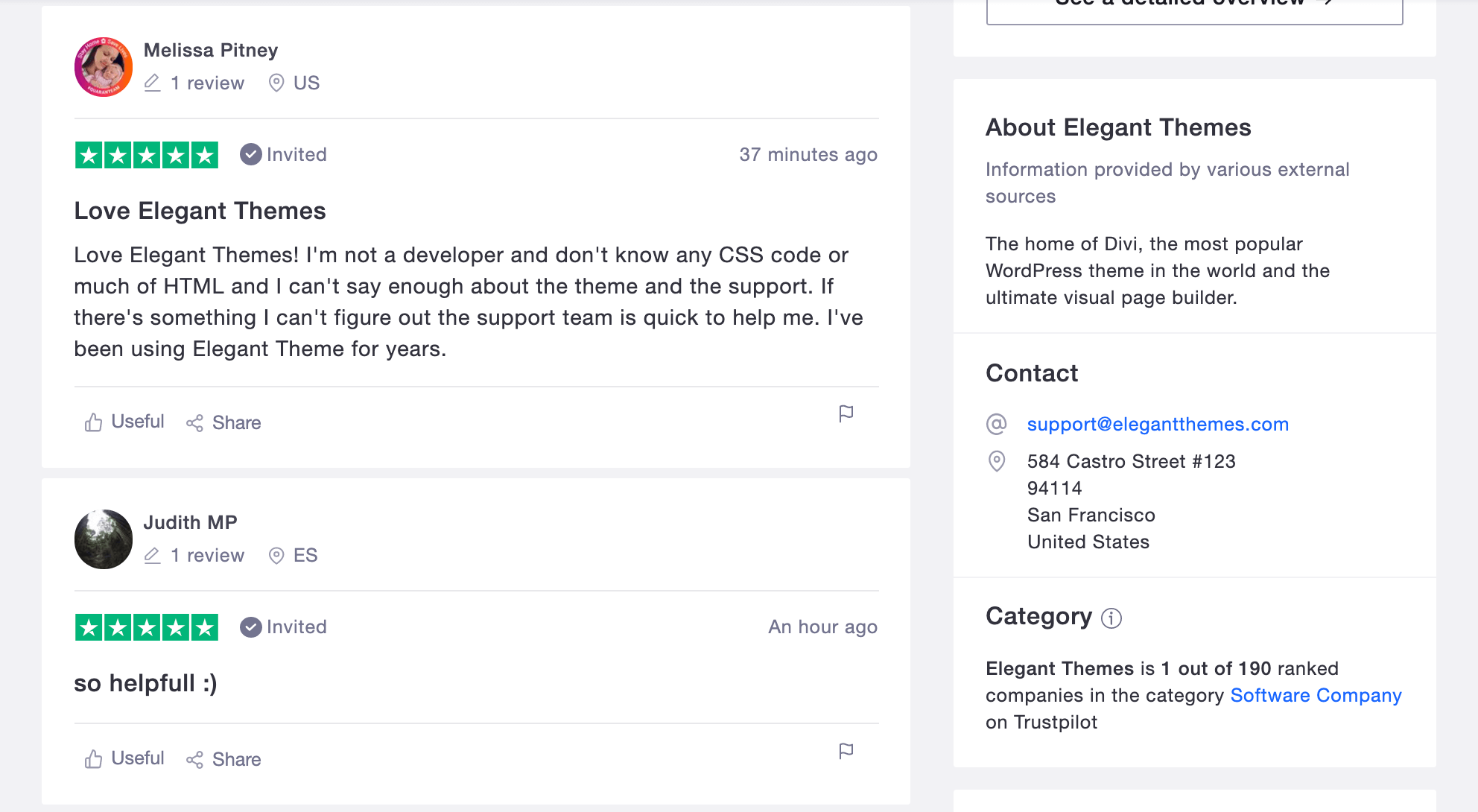
Customers who wrote in at the business’ request will have an Invited label next to their name. This means the brand sent them a link to Trustpilot’s review submission form after they completed their purchase.
Trustpilot is free to use, although you have to create an account to leave reviews or claim your business profile. There’s also an option for brands to pay for additional features such as advanced analytics and access to marketing assets.
Can You Trust Trustpilot’s Reviews?
The short answer is: “Yes”. You can trust reviews on Trustpilot. With over 111 million reviews and over a decade of experience, it’s a pretty legitimate platform. However, you’ll likely find the most valuable reviews when researching brands that are active on the site. It’s also important to keep in mind that most customers only take the time to write a review if they had an overwhelmingly positive or negative experience.
For instance, if you look up a well-known big-box retailer, most of the reviews will probably be negative:
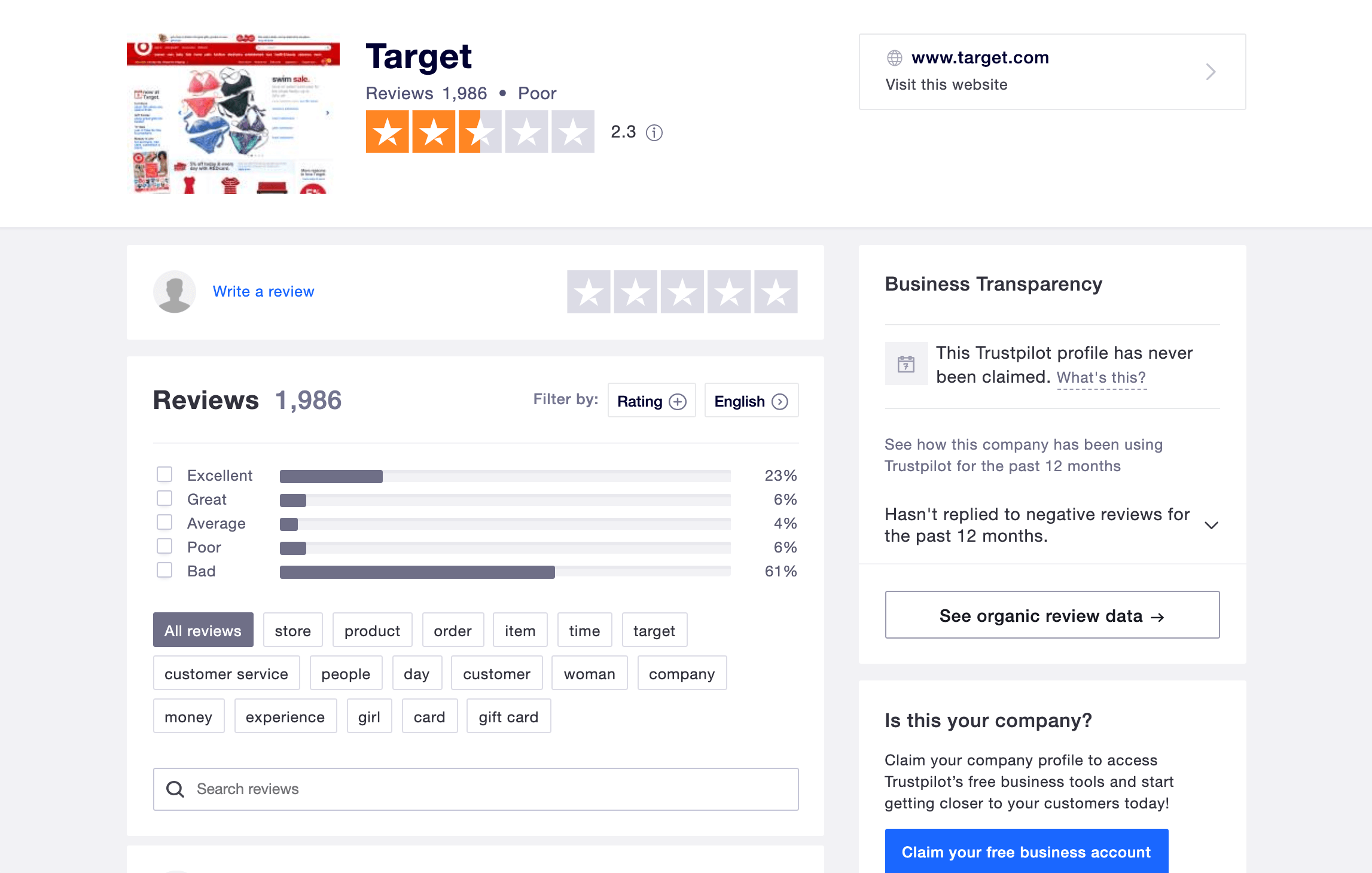
You can also see in the screenshot above that Target hasn’t claimed its profile and doesn’t respond to customer feedback. Although this an established business that many people trust, its reviews don’t reflect that (through no fault of Trustpilot’s).
On the other hand, many smaller online businesses that maintain active presences on the site have more useful reviews on their profiles. Just keep in mind that the type of product and the seller’s investment in its reviews on this platform may influence the accuracy of the results.
How to Spot Fake Reviews on Trustpilot
Just as most blogs receive spam comments, every review platform will also attract fake submissions. If you’re trying to use Trustpilot to determine whether a particular product or service is worth investing in, there are a few red flags to watch out for.
First, click on the See a detailed overview button in the Business Transparency section of the profile you’re looking at. This will show you some data about the brand’s reviews:
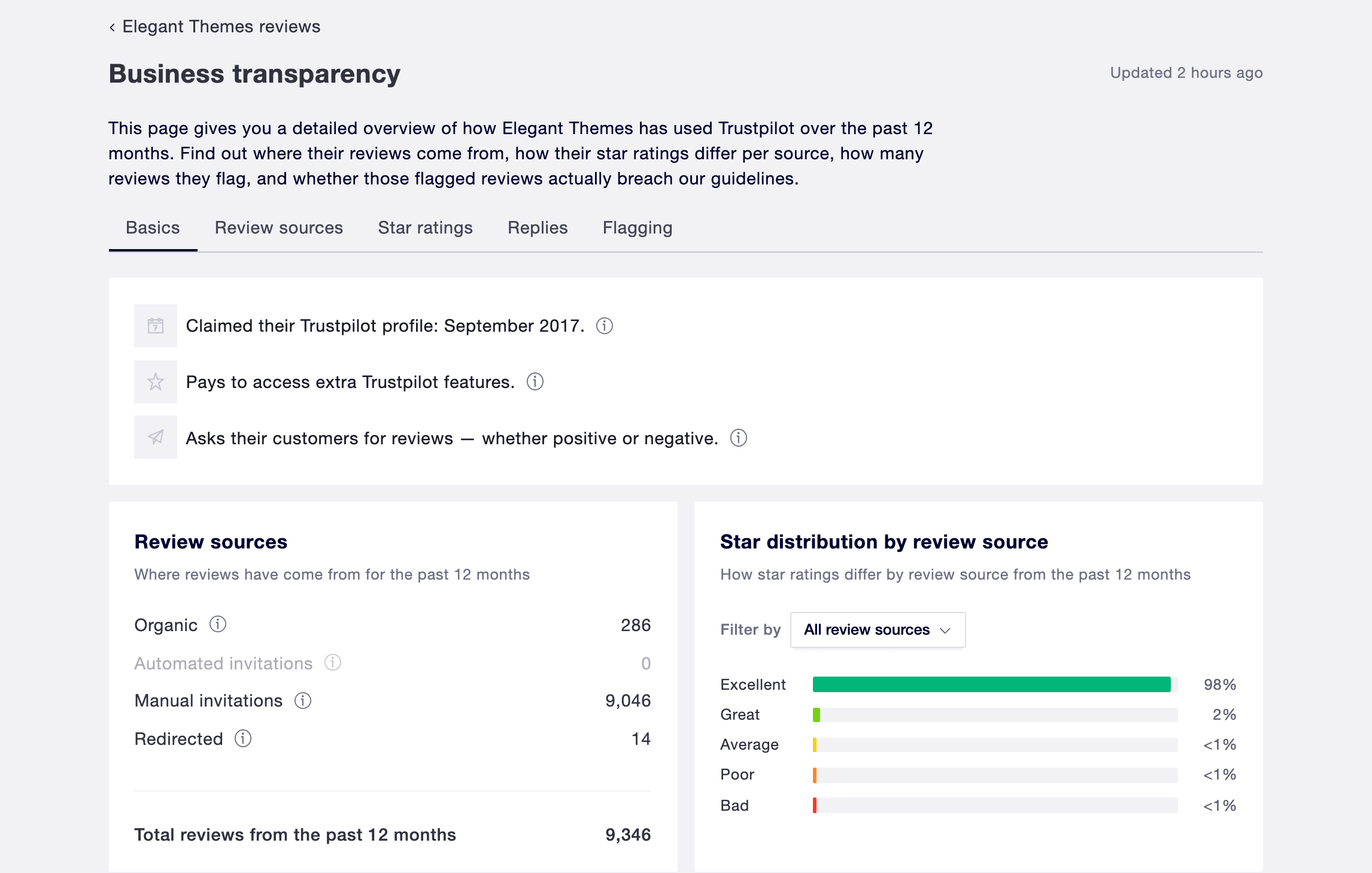
Also, scroll to the New reviews by star rating section. If there’s one month with an unusually huge spike in reviews – unlike the screenshot here – proceed with caution:
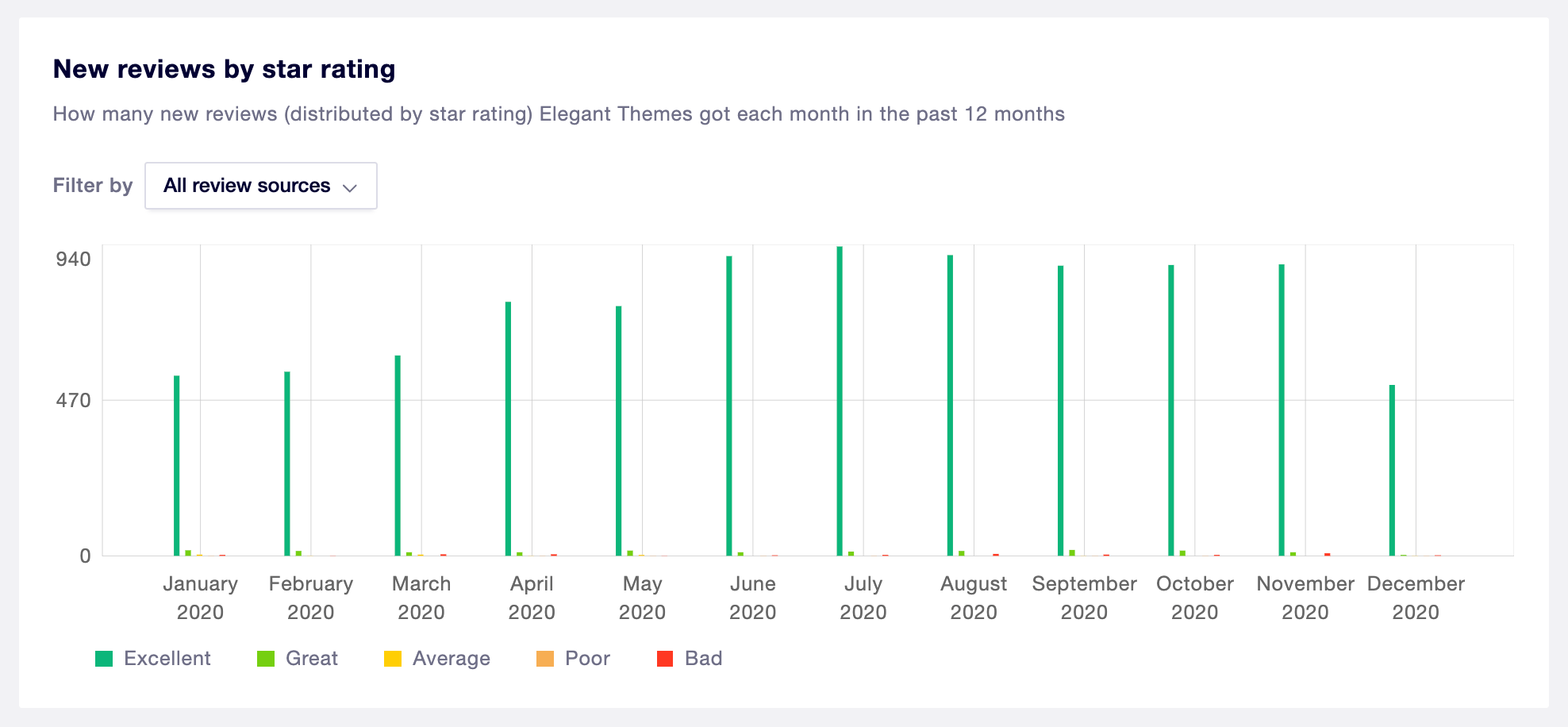
Also, consider the business’ review sources on this page too. You can filter star rating distributions to only show you organic responses. In other words. unsolicited reviews:
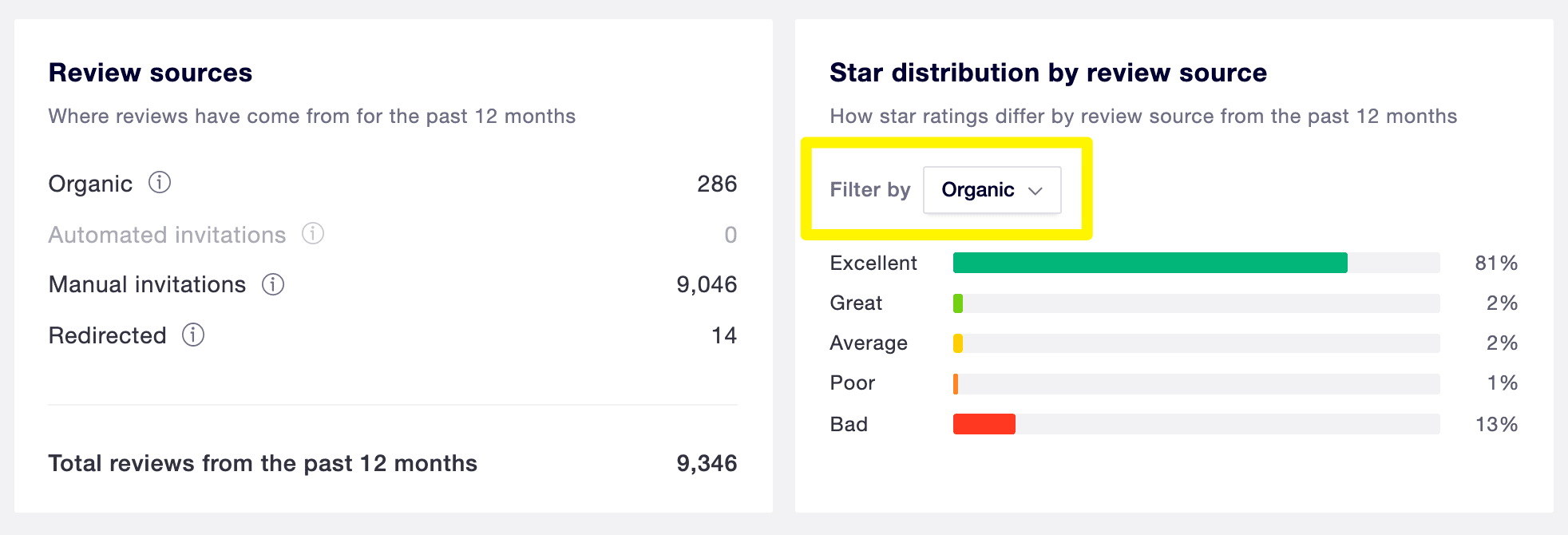
Of course, solicited reviews aren’t necessarily fake or less trustworthy than organic ones. However, an unsolicited review likely means a customer feels quite strongly about the brand in question.
If a specific review (as opposed to the whole profile) seems suspicious to you, try looking into the reviewer. Accounts without profile pictures or names have naturally less legitimacy than complete profiles.
Likewise, you may be able to tell if the reviewer is paid to write targeted feedback by checking out their other reviews. If they’re all for one company or even just a few businesses in the same niche, proceed with caution.
Finally, look for bad grammar or vague, generic responses such as “Great!” or “Excellent service!” with no details of why the reviewer likes the product or brand. These may indicate fake, automated submissions by bots.
You can report suspicious reviews by clicking on the flag icon in the bottom right-hand corner:
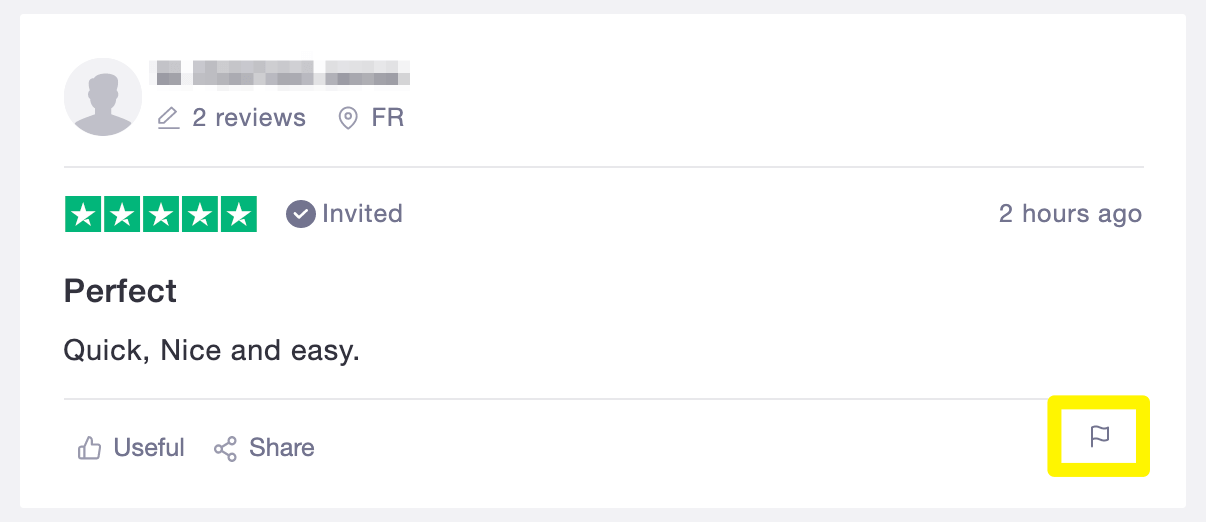
However, we suggest reserving this course of action for truly egregious posts. Besides, brands that are active on the platform are likely monitoring the reviews already, flagging any that break Trustpilot’s rules.
How Can Trustpilot Help Your Business?
As we mentioned at the beginning of this article, consumers often use third-party review sites to research a product before buying it. In fact, 91 percent of customers say that reading a positive review will make them more likely to purchase an item.
So, boosting the number of reviews for your brand (especially positive ones) could increase your sales. Trustpilot makes this easy. When you create a business account, you can start inviting customers to leave feedback.
You even have the option to automate this process and send an email invitation to customers when they complete their purchases. This is an easy and efficient way to grow your business.
It’s also smart to respond to negative reviews on Trustpilot. However, avoid accusing or blaming the customer when doing so. Instead, take an apologetic, helpful approach. Customers appreciate transparency and will be more forgiving of bad reviews if you accept responsibility for a poor experience and try to make it right.
Finally, you may want to embed Trustpilot reviews on your website. This acts as social proof to establish the legitimacy of your business. When visitors see that other people have purchased products from you successfully, they’ll likely feel more at ease about doing the same.
Conclusion
Like many third-party review sites, Trustpilot is an important resource to consumers. They can seek out feedback on products, services, or brands they’re interested in to determine if they should follow through with their purchase.
In this post, we shared some highlights regarding how Trustpilot works. We also established that its reviews are trustworthy, although there are red flags to watch for. Lastly, we discussed how this platform could help boost your own business.
Do you have any questions about Trustpilot or using reviews on your website? Leave them for us in the comments section below!
Image by vladwel/shutterstock.com
The post What Is Trustpilot – and Can You Trust Their Reviews? appeared first on Elegant Themes Blog.

